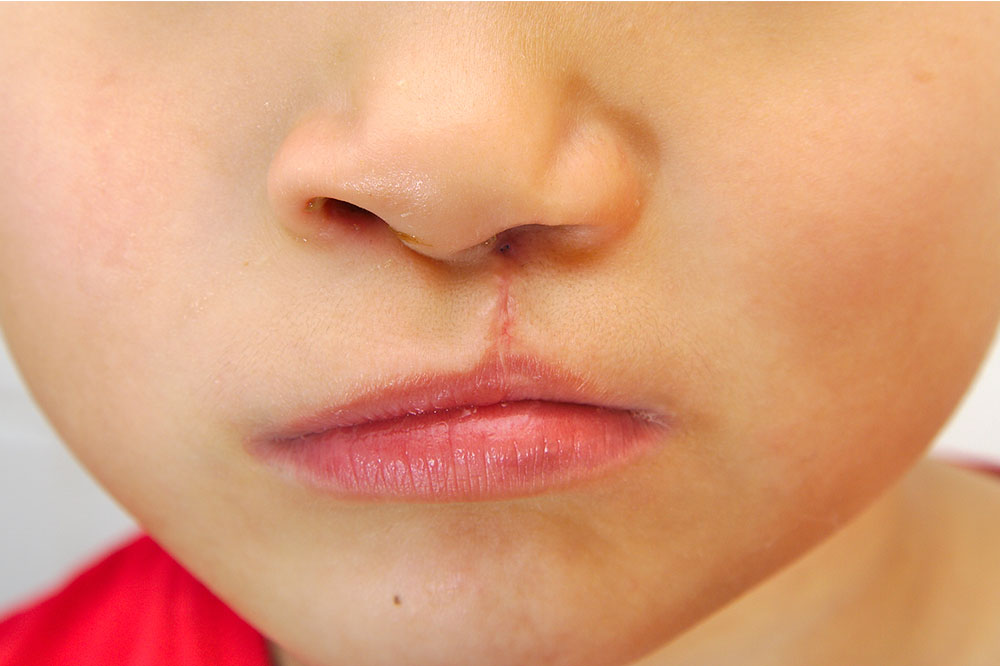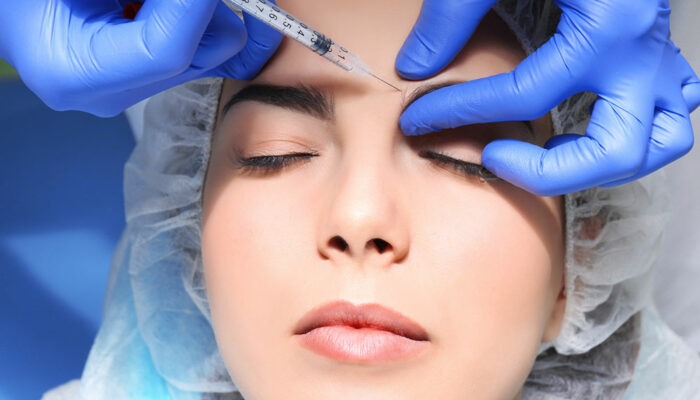
Treatment Options for Oral Cancer
Oral cancer can develop in any part of the oral cavity and its tissues, including the tongue or under the tongue, lips, gums, the roof of the mouth, or the inner lining of the cheeks.
Here are the common signs and symptoms of oral cancer:
- Persistent tongue or jaw pain
- Changes in voice
- Mouth sores that do not heal
- A lump in the mouth
- Difficulty moving the jaw or tongue
- A sore throat or a feeling like something is stuck in the throat
- Swelling of the jaws
- White or red patches on the tongue, gums, tonsil, or lining of the mouth
- Numbness in different areas of the mouth
- Difficulty in swallowing or chewing
Treatment methods for oral cancer
Treatment for oral cancer takes into account factors like the quality of lifestyle and the background of the patient. It also considers the patient’s ability to perform daily tasks and the changes that may onset after the treatment.
Radiation therapy
Radiation therapy uses advanced equipment to reduce procedure time and target only the damaged tissues. There are two popular types of radiation therapies used as treatment methods for oral cancer:
External beam radiation therapy
The tumor cells receive high doses of radiation through machine-based technologies. It’s also used to address specific symptoms of oral cancer like pain, bleeding, and trouble swallowing. Here are two popular treatment methods for oral cancer under external beam radiation therapy:
- Accelerated and hyperfractionated radiation therapy
For severe cases, this treatment is given twice a day at higher frequencies as compared to normal external beam radiation therapy. - Intensity modulated radiation therapy (IMRT)
It delivers higher radiation doses than traditional radiation therapies and doesn’t affect as many healthy tissues surrounding the oral cavity. - Image-guided radiation therapy
Tumors can often shift inside the body due to movements and other reasons. This method of radiation lets the doctor locate and track tumors inside during treatment. The diagnose is a more precise one and lets the oncologist make technical adjustments wherever the tumor moves. It more specifically targets the tumor cells only and spares the healthy ones.
Brachytherapy or internal radiation
It delivers high or low doses of radiation via implants placed either very close to or inside the tumor. In many cases, this treatment can be an alternative to surgery, and the recovery is usually faster as there is no surgical wound.
Chemotherapy
One of the leading treatment methods for oral cancer, chemotherapy is often combined with radiation therapy. Medications are given to treat the disease if it has spread to other parts of the body. Anticancer medications are combined to target and destroy cancer cells at different stages of their growth. Chemotherapy is commonly used:
- As a primary treatment to destroy rapidly dividing cancer cells
- Before starting another treatment to reduce a tumor
- To relieve the symptoms of advanced cancer
- After surgery to destroy any remaining cancer cells
Chemotherapy is commonly given in any of the following forms:
- Orally as a pill or liquid
- Intravenously via infusion through a vein
- Topically as a cream
- Through injection
- Delivered directly into the central nervous system



